The decadence of the Brazilian coast and hills
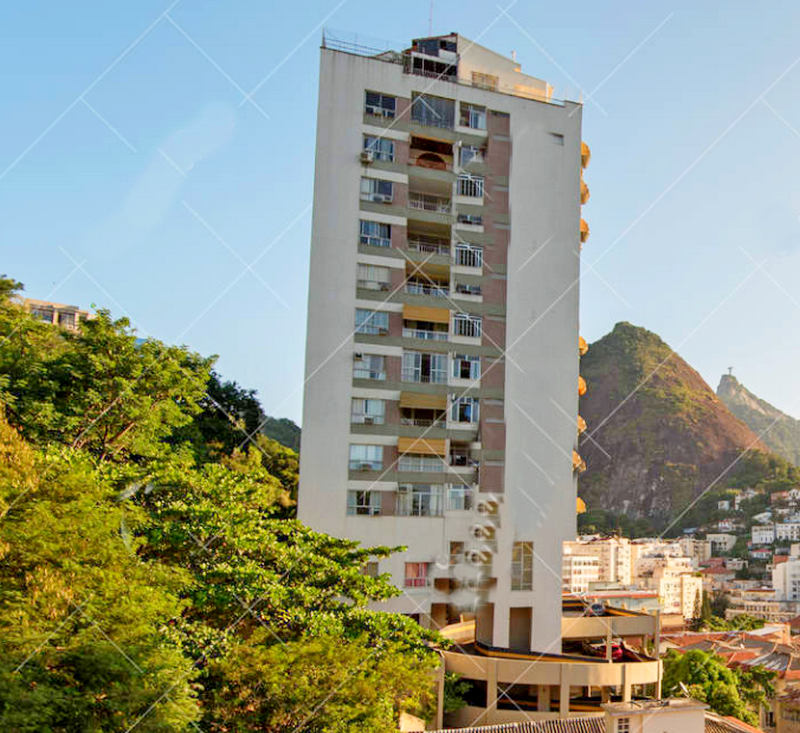
Example of building on hills in Rio de Janeiro.
The decadence of the Brazilian coast, a heritage to the god-given people
Article 216 of the Federal Constitution is clear: “The goods of a material and immaterial nature, taken individually or jointly, constitute Brazilian cultural heritage, bearers of reference to the identity, to action, to the memory of the different groups that form Brazilian society, in which they include…” And in its item V, “urban complexes and sites of historical, scenic, artistic, archaeological, paleontological, ecological and scientific value. ”
Have more. Article 225, paragraph 4, determines: “The Brazilian Amazon Forest, the Atlantic Forest, the Serra do Mar, the Mato-Grossense Pantanal and the Coastal Zone are national heritage, and their use shall be made, in accordance with the law, under conditions that ensure the preservation of the environment, including the use of natural resources.” Today we comment on the decadence of the Brazilian coast, a patrimony to God.
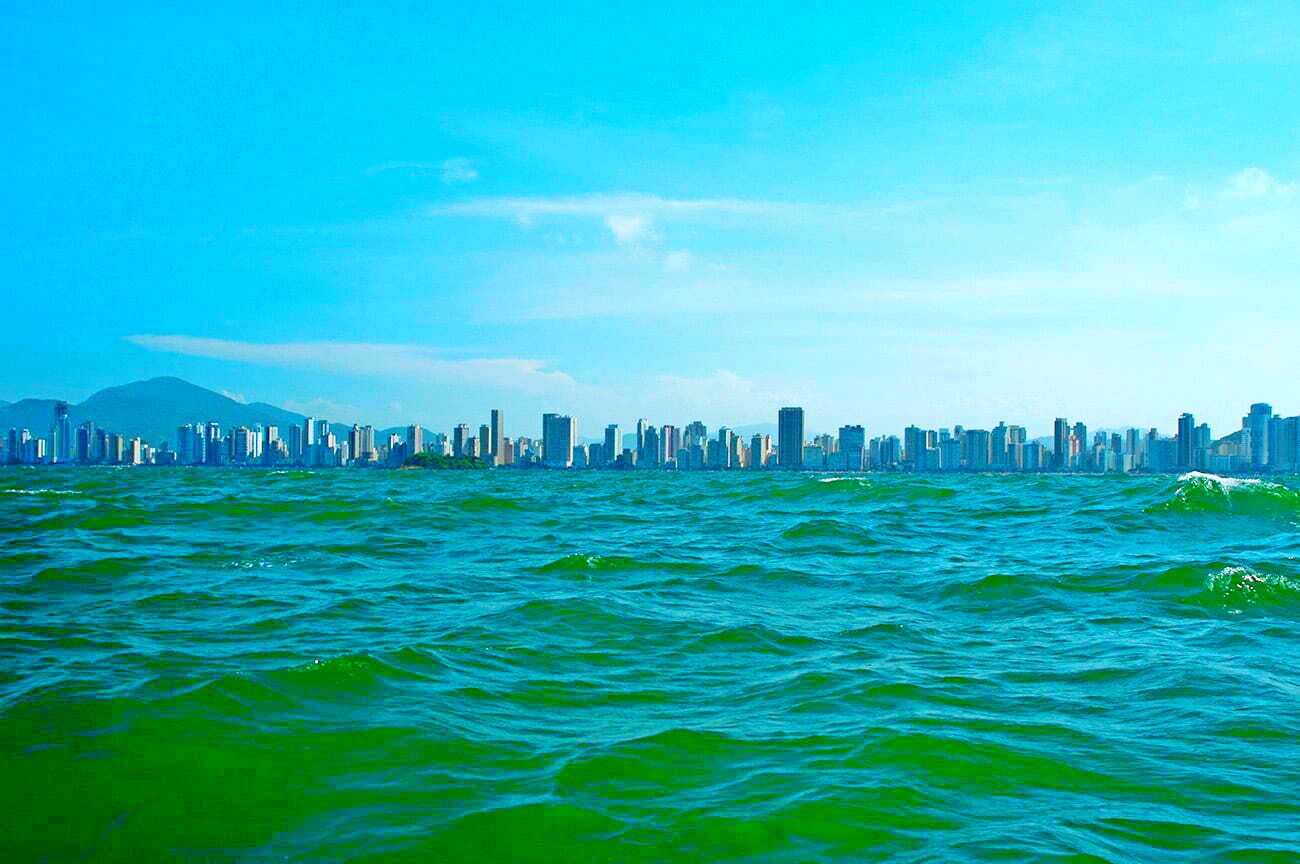
The over-dense beach“The Coastal Zone is a national heritage, and its use will be made, in accordance with the law, under conditions that ensure the preservation of the environment, including the use of natural resources.” Science fiction, or Federal Constitution? MSF file.
Five years away from the Brazilian coast
I hadn't visited the coast for five years, despite following through the media and personal contacts what was happening in this sensitive area by nature, the transition between the sea and the continent. It was four years of a forced stop due to cancer, and just over a year for the emergence of Covid-19.
Read too
Brazilian cities most threatened by the advance of the sea
Coastal beaches and dunes had a 15% reduction
Mystery on English Beaches: Thousands of Dead Sea Creatures
Finally, it was time to go out to see what happened in the period. Since the beginning of December, I returned to travel along the coast of São Paulo, in order to record programs for the third season of the series Mar Sem Fim, to be shown soon by TV Cultura in São Paulo.
Despite being too early for a definitive diagnosis, what I saw on the coast of the richest state in the country was something that scared me: the vast majority of mayors are totally unprepared, they have no idea what sustainability is, much less ESG for good environmental, social and governance practices), concepts sought after worldwide and reinforced by COP 26; and society, with rare exceptions, either complies with and echoes public indifference, or takes advantage of it.
As unbelievable as the lack of preparation of most mayors of coastal municipalities, and their respective cities is the apathy of public opinion that almost never reacts against the debacle created in the Coastal Zone. This is what worries me the most.
PUBLICITY
Ubatuba
According to the Human Development Index, HDI, of the United Nations Development Program (UNDP), Ubatuba ranks seventh among the municipalities on the coast of São Paulo, with an HDI-M (Municipal Human Development Index) of 0.751 ( The index is based on three factors: level of education, income, and health).
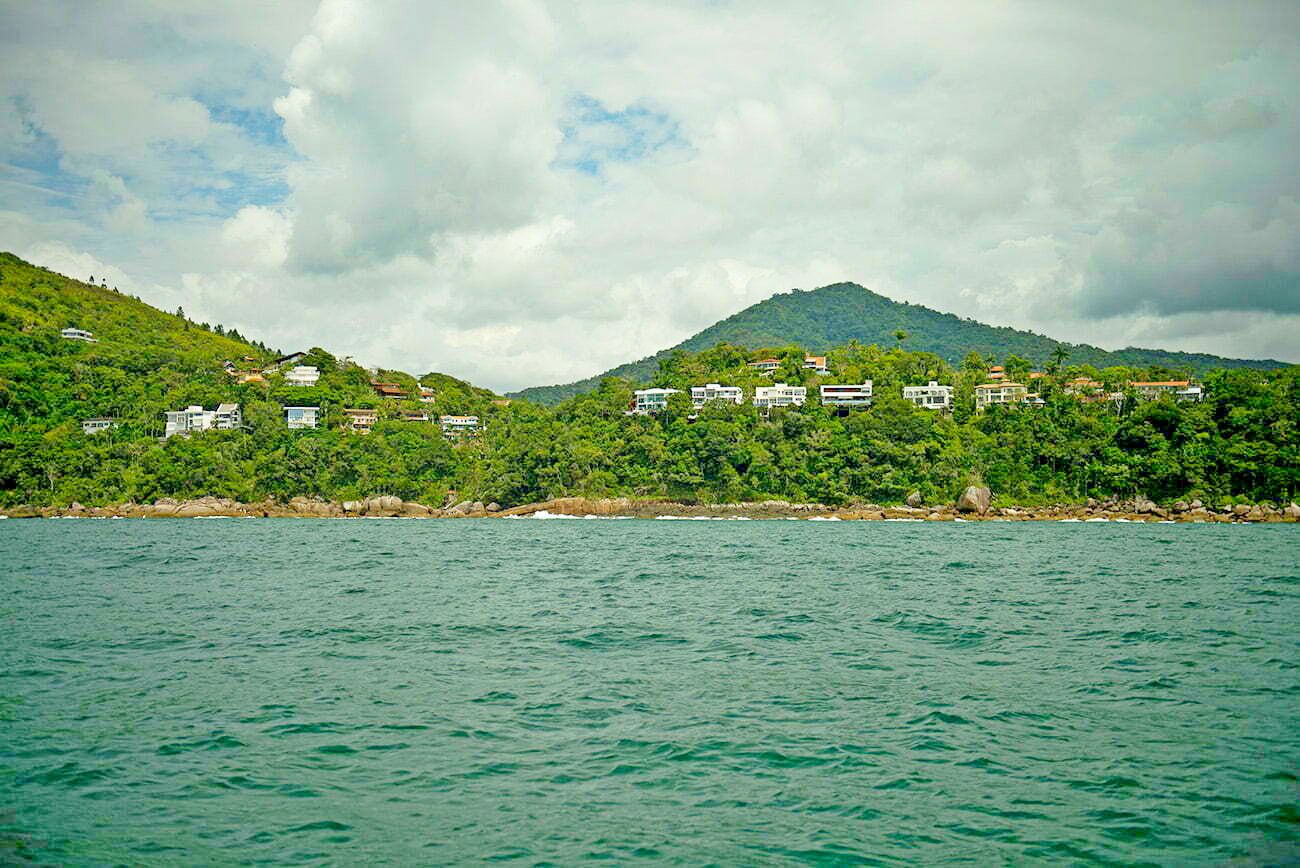
Occupied hilltops in Ubatuba. To have a view of the sea, vacationers, not natives, pay attention, they do not hesitate to occupy the tops of hills, trivializing and degrading the century-old landscape. Everything was forbidden, including the cutting of the Atlantic Forest to make way for the mansions.
MSF file.
It is important to know that the score goes from 0 to 1, where 0.800 to 1.000 – Very High; 0.700 to 0.799 - High; 0.600 to 0.699 – Medium; 0.500 to 0.599 - Low; 0.000 to 0.499 – Very Low. Therefore, according to the UN, Ubatuba has an index considered 'high'.

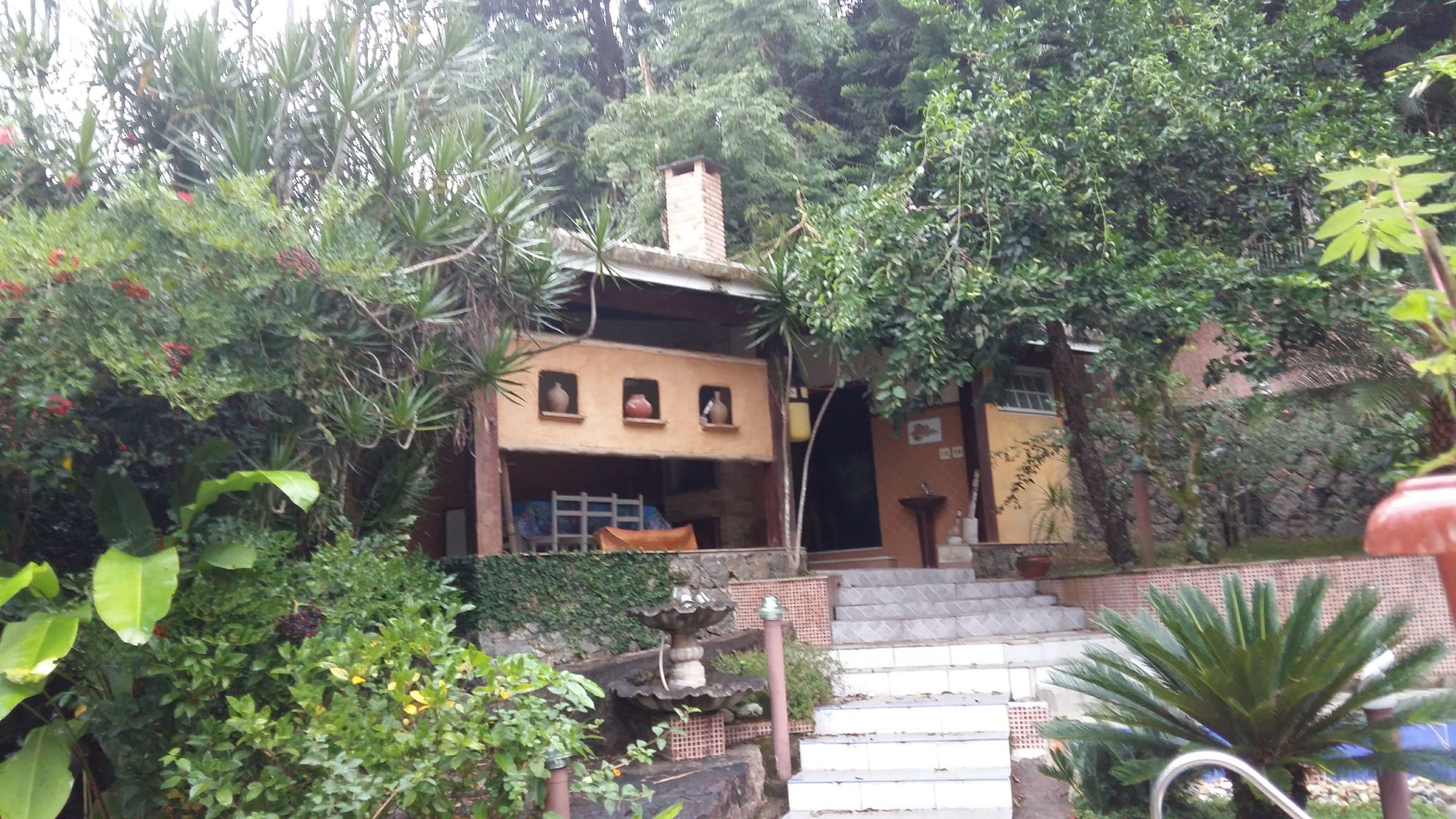
A monstrosity of two huge blocks of flats covering the entire Morro do Parque Vivamar, isolating itself as a closed condominium where residents of Parque Vivamar previously had the view of a beautiful green hill above their dwellings and enjoyed outings with their family and dogs. All agreed with the Prefeito at a fair sum I should not wonder. ( private entry Human Synthesis)
And, according to the ranking of tourist resorts in São Paulo, which includes 70 municipalities, Ubatuba ranks first with 92 points. In other words, tourism is the flagship of the economy.
Most read
The wall on Maria Farinha beach, PE, goes to court
Sea level rise, Africa ahead again
Pohnpei Island and Nan Madol, a Pacific Mystery
São Paulo's Surfing Capital
Also known as “the Paulista Capital of Surfing”, Ubatuba has almost 92 thousand inhabitants (according to the IBGE 2020 count). According to the city's website, the city has the capacity to receive one million tourists just for the end-of-year festivities.
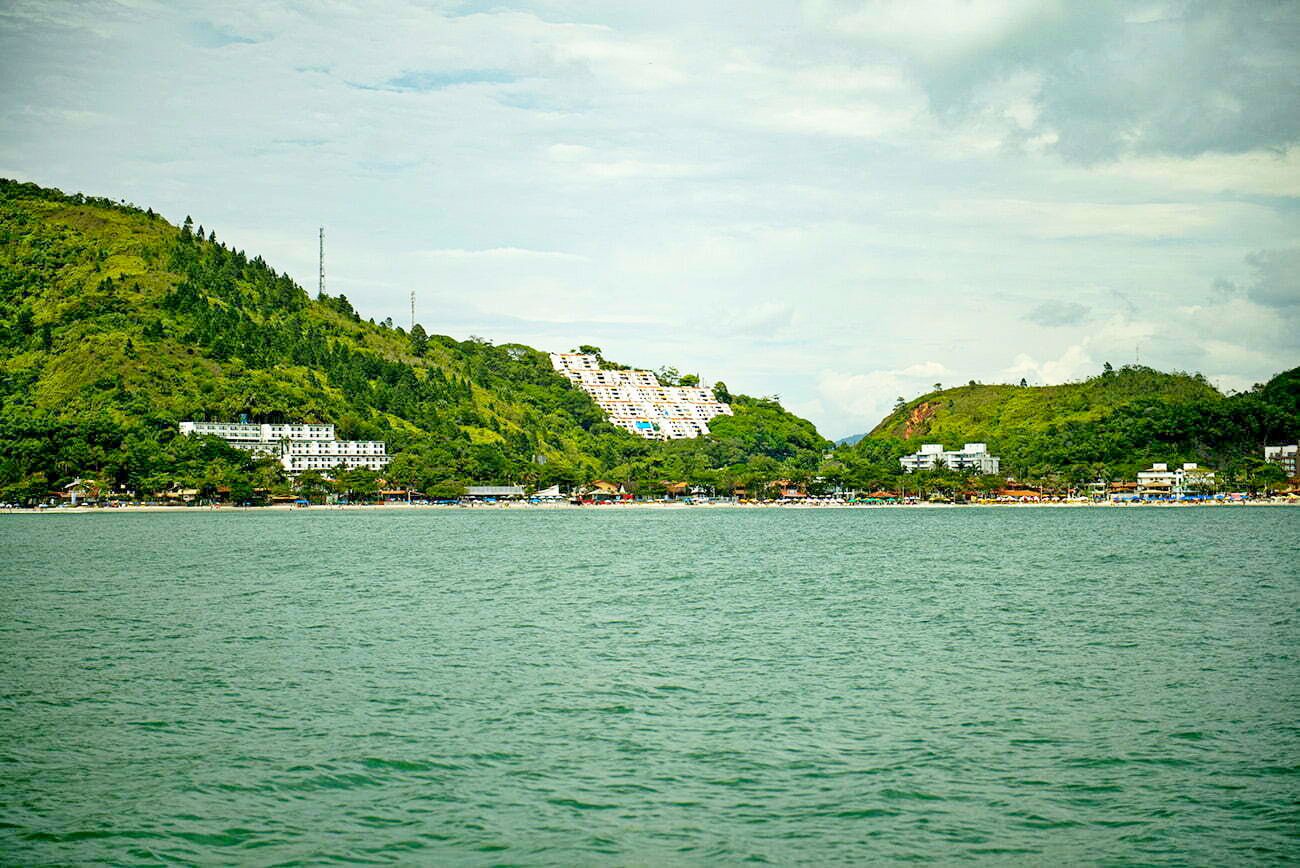
Toninhas beach.
The landscape of Praia das Toninhas was disfigured by condominiums designed by unspeakable architects, and the hills where there was Atlantic Forest replanted with…Pinus! Again, the nonsense is not the work of natives. MSF file. It goes without saying that the main attractions are its exuberant nature, surrounded by the Serra do Mar covered by Atlantic Forest. More than 80% of the municipality is within the Serra do Mar State Park. Not to mention the 102 beaches along almost 100 km of coastline.
Well, despite the importance of tourism, the city has poorly cared for a long time. The infrastructure is lousy. Basic sanitation and garbage collection are very poor. The rivers that start in the Serra do Mar, wind through the coastal plain, and cross the city to empty into the sea, they are open sewers.
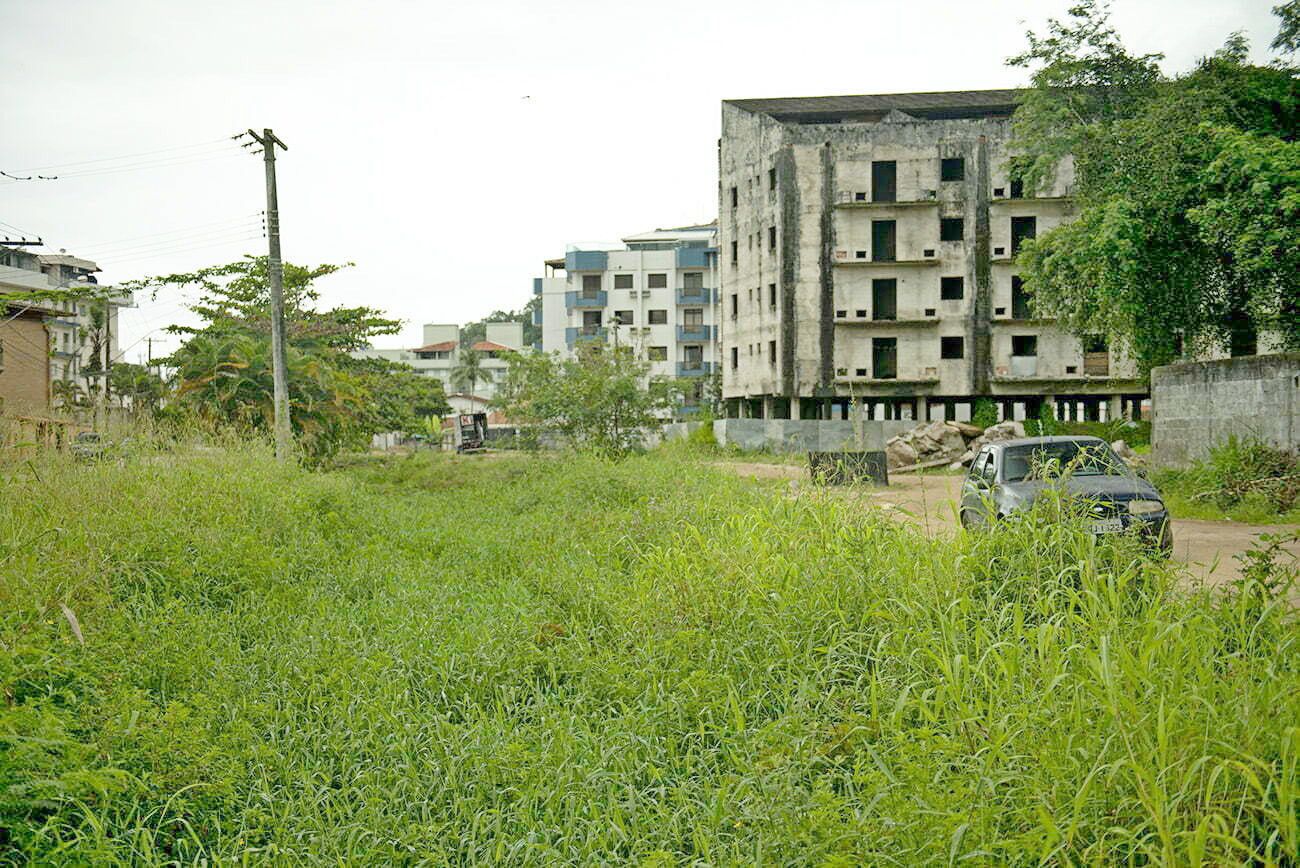
Acaraú River.
Believe me, the grass hides the channel of the Acaraú River. How to qualify the successive prefectures of Ubatuba? The last three or four mayors let neighborhoods grow on riverbanks. The riparian forest was cut to make way for houses that use the gutters to drain their waste. All are absolutely prohibited by the Forest Code. But who cares?
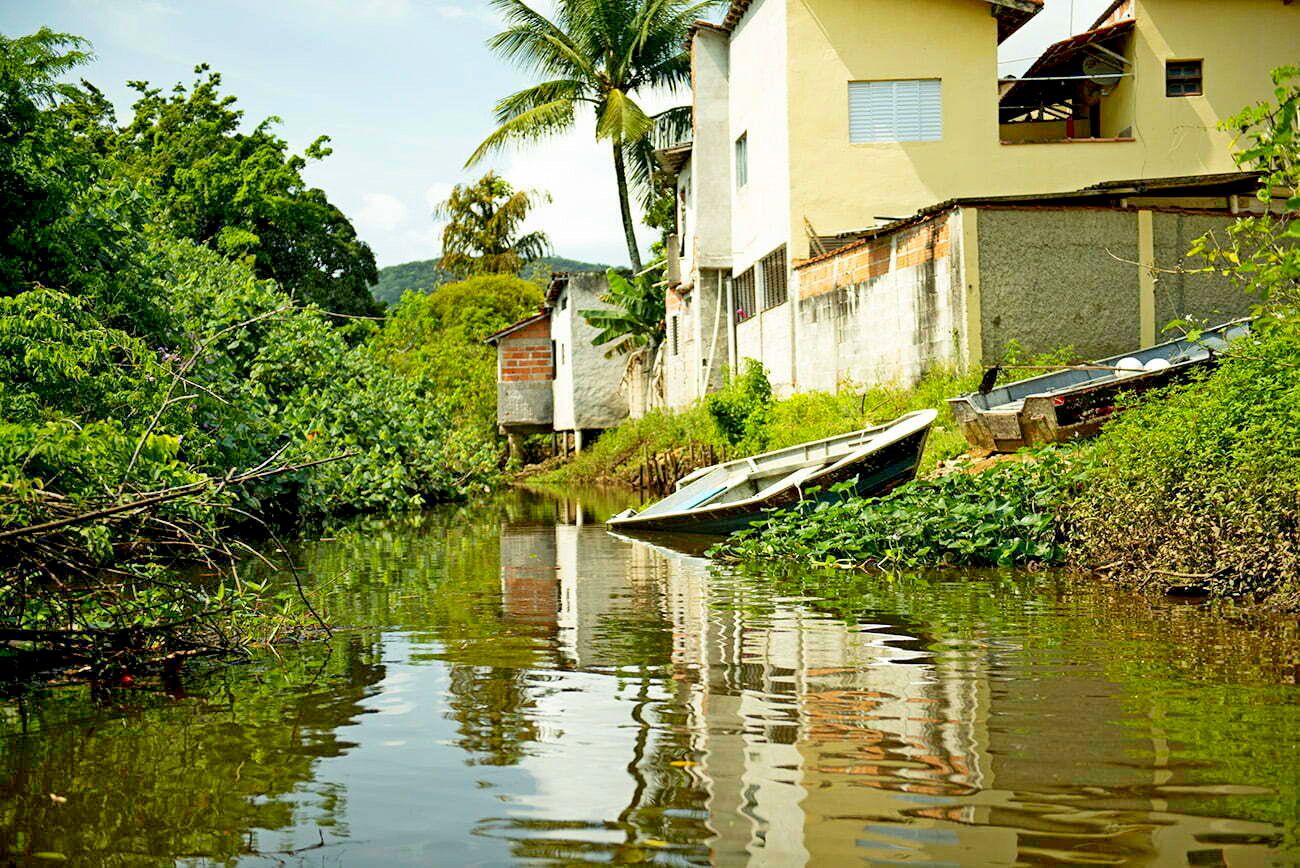
Occupation of the Tavares River, UbatubaThe riparian forest was cut to make way for a neighborhood that uses the Tavares gutter to echo its tailings. All with the complacency of successive mayors. It's always like that. The poorest occupy, with the leniency of the government, prohibited risk areas, creating two problems: one environmental, the other social: what to do with these people after a few years? It is not possible to dump them without creating a tremendous social problem.
Brazilian coast and the most polluted beach on the north coast. The result of the neglect is evident and recorded. A report by the North Coast Watershed Committee (CBH-LN) classified the conditions of the Acaraú River, in Ubatuba, as one of the most serious in the region. Another sad record of this criminal omission came in 2017 when Itaguá beach was considered the most polluted on the north coast.
It could be that, on one side of Itaguá, the Acaraú flows, on the other, the Tavares River, which is even more polluted. In just one year, the example of citizenship group Tamoio de Ubatuba, on its own removed 18 tons of garbage from the dams they installed in the river channel.

Itaguá Beach.
The central beach of Itaguá, where the Tavares and Acaraú rivers flow. Note the red flag to the right of the photo. It couldn't be different... What remains of the Ubatuba mangrove is extirpated. What is left of the region's mangrove, known worldwide by the expression Blue Carbon, or Blue Carbon, is today in evidence and replanted in the civilized world due to the extraordinary capacity to absorb carbon dioxide, one of the greenhouse gases; and furthermore, protected by legislation in Brazil, it is deforested without any interference (actually with support…) from the city hall for the growth of the Rio Escuro neighborhood.
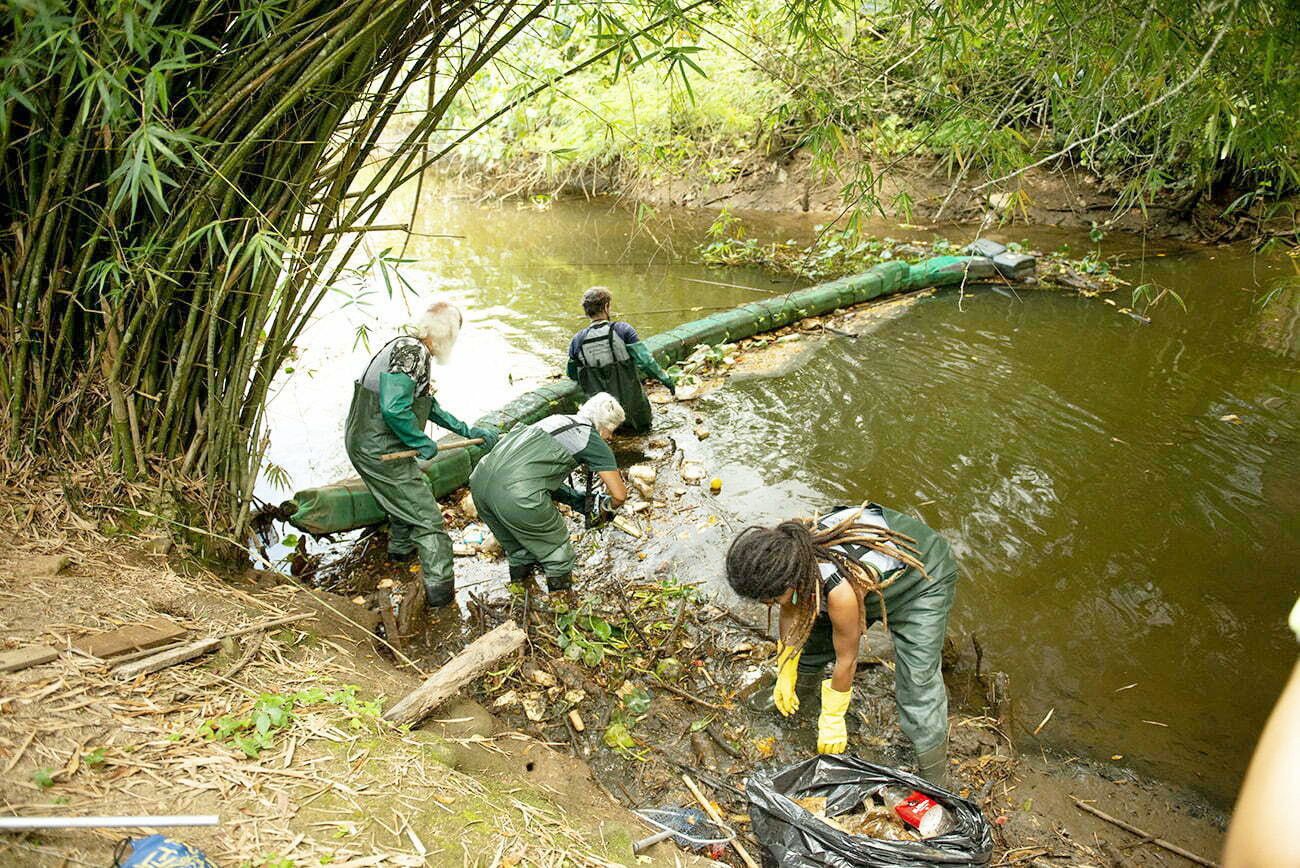
Cleaning the river Tavares.
In 2021, the people of Tamoio de Ubatuba removed about 18 tons of garbage from the Tavares River, including furniture, refrigerators and stoves, dead animals, plastic, styrofoam, etc. While the city's environmental asset, its greatest asset, is destroyed with the support of successive mayors, Ubatuba has a single hospital that is unable to serve the population.
Brazilian coast and the plague of 'verticalization'
Showing total disregard for the 'greatest danger that humanity currently faces', global warming, instead of taking care of what attracts tourism and alleviates the cataclysm, the current city hall proposed 'revising the master plan' to, once again, release the 'vertical'.
If it weren't for the citizen reaction on the part of the inhabitants, perhaps the spikes would have been released at this time.

Praia Grande, Ubatuba.
This time Praia Grande escaped 'verticalization' thanks above all to the action of the Tamoio de Ubatuba group. Until when?
In addition to its scenic beauty and ecological value, Ubatuba is a historic site, the scene of important events in the first century after its discovery. It was on the sands of one of its beaches that the 'Apostle of Brazil', José de Anchieta, wrote the 'Poema à Virgem', an episode that went down in history as the 'Peace of Iperoig'.
But who cares what the Greater Law preaches?
San Sebastiao
It was another of the cities visited that, like Ubatuba, lives off tourism and has more or less the same population, or 91,600 inhabitants (2021, estimated by the IBGE).
Each new mayor who takes office, often supported by the construction industry, proposes a 'revision of the master plan' and the infamous 'verticalization'. The evident over-density and the total lack of infrastructure are not enough.
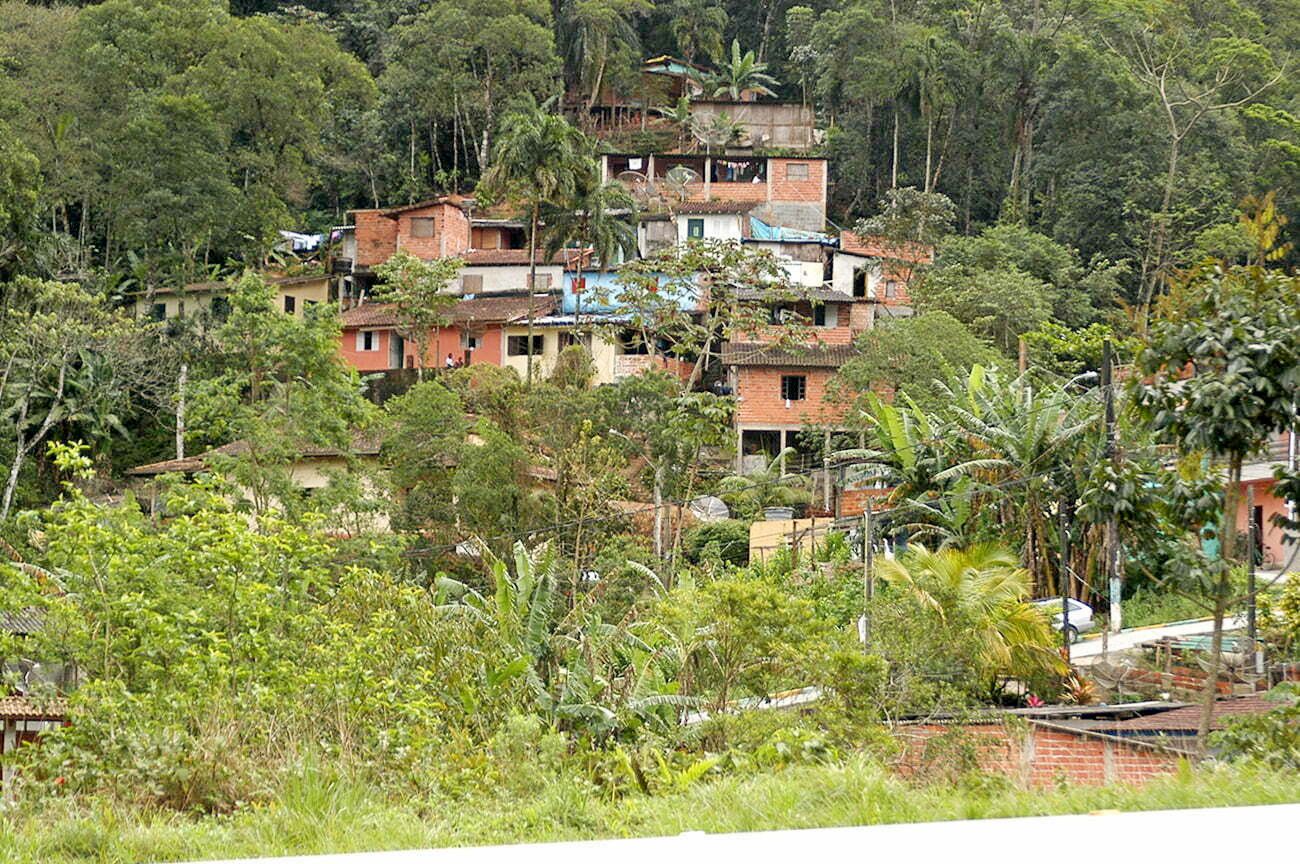
Favela in Juquehy.
For each beach occupied by wealthy vacationers on the coast of São Sebastião, a favela is born behind that climbs the slopes of the Serra do Mar like this one in Juquehy, one of the 102 frozen nuclei…
The evident over-density.
To get an idea of the municipality's overpopulation, know that the population density in Brazil is 24.57 inhab/km 2. In the Southeast region, the most populous, the rate is 94.63 inhab/km 2. São Sebastião has a population density of 185.00 inhab/km².
The municipality has 102 frozen nuclei with 22,800 people in precarious settlements, climbing the slopes of Serra do Mar, hanging onto any prohibited risk area that is free.
PUBLICITY
But the insatiable mayors want more. Will, they ever say enough is enough; sold out, isn't a population density of 185.00 inhabit/km² enough? São Sebastião's infrastructure barely meets the needs of a third of the native population.
This public desire for more IPTU resources attract the smart ones, and the laymen who fall for their lip service. And in addition to the poorest occupying risky areas, the privileged, those who can invest in a second home, occupy the tops of hills, cliffs, beaches, mangroves that have been filled in, etc.
But, as a matter of fact, there is no lack of information, the 'paradisiacal landscape' has lost almost all meaning of the expression after the explicit disorder and its consequences that are seen in the images of this post.
Managers' police record grows non-stop.
For no other reason, the police record of managers grows with each new legislature. The current mayor, Felipe Augusto (PSDB) is in the sights of the Public Ministry that investigates fraud in bidding, corruption, and money laundering. Don't think you're an exception. It's almost the norm in coastal towns hit by the scourge of real estate speculation.
But let's remember that for every mayor accused of corruption, there are corruptors on the other side. This is a game of at least two if not more partners.
Thus, whoever dabbles in fire runs the risk of getting burned. In 2006, for example, then-mayor Juan Pons Garcia (PPS) was ambushed while driving home with his family in a typical Al Capone film vendetta. Several shots were fired, luckily no one was hurt.
Corruption coordinated by the mayor
Nothing new. In 2017, the Comptroller General of the Union (CGU) and the Federal Public Ministry launched Operation Tourniquet to investigate the embezzlement of health resources and public works (a total of R$ 118 million would have been diverted through overbilling) during the two administrations. of Mayor Ernane Primazzi (PSC) who served between 2009 and 2016.
At the time, the PF declared that it was investigating a bribery scheme in city hall contracts that involved the upper echelon of the municipal government 'and were coordinated by the then mayor'.
'Bribes coordinated by the mayor', for whom? Whoever guesses it wins a candy.
Brazilian coast unprepared for extreme events
Meanwhile, there is not a single work of adaptation of the city to the extreme events that have just given more proof of its enormous violence, destroying the infrastructure of the South of Bahia, killing more than 20 people, threatening the lives of half a million people and leaving billion-dollar losses in their wake.
They also ignore numerous warnings from scientists about sea-level rises, such as the latest IPCC report of 2021. Coastal managers show that they have no idea what these reports say, unfortunately. Most, not all, are not even qualified to be block sheriffs.
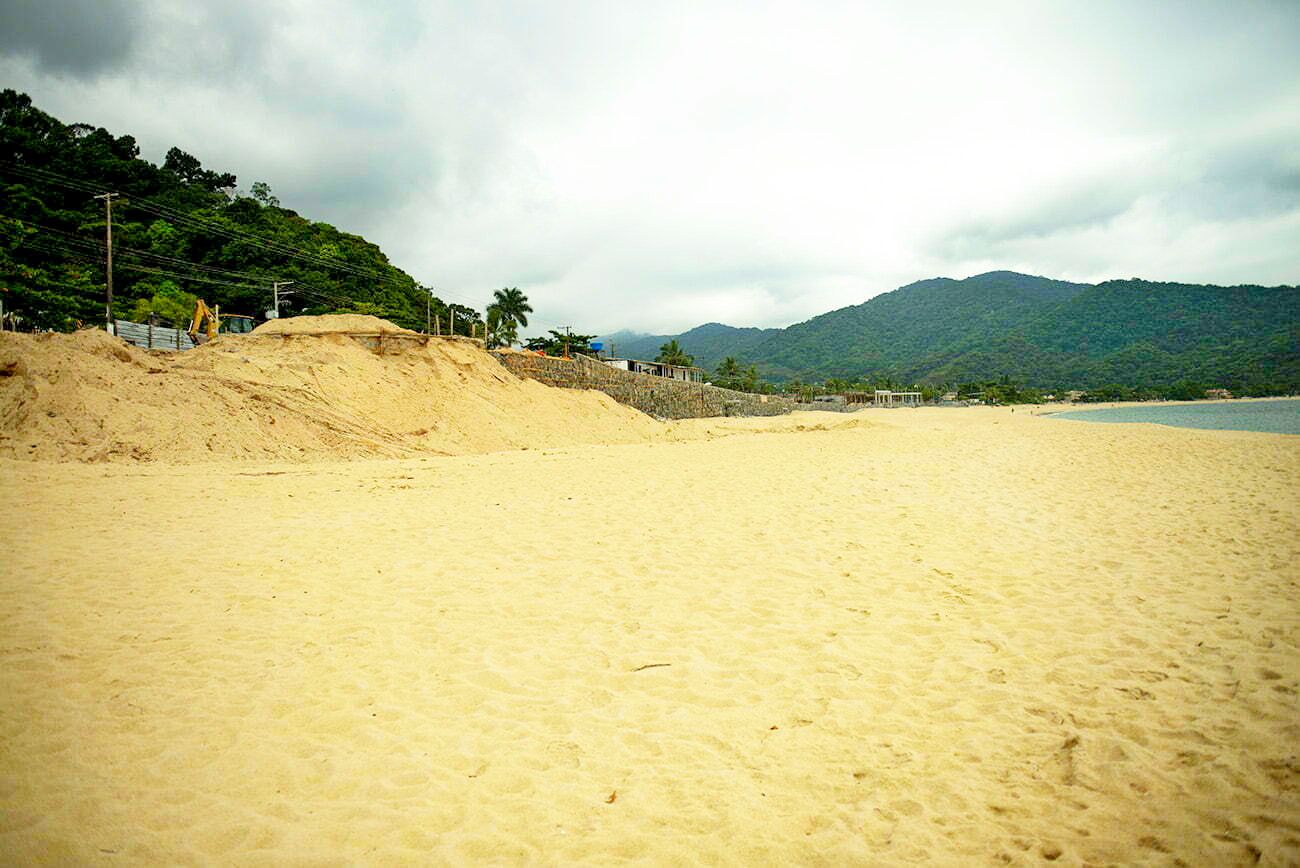
Boiçucanga.
The sands of Boiçucanga are cemented by the city hall. This is how the erosion processes begin. Take a look at this case: in Boiçucanga we saw an immense work in Praça do Por do Sol, where the essential sand to replace that removed by the surf on the beach was entirely cemented by the City Hall Tourism Department in yet another proof that the current managers live in the moon world.
São Sebastião and the north coast of São Paulo would be even worse if it weren't for the exemplary performance of another small NGO that does not fear the powerful and their hidden interests, and invests against them, obtaining successive victories in Justice. I am referring to the Coastal Conservation Institute, the ICC, another one of the rare examples to be followed.
Beautiful island
One of the most beautiful and richest places in biodiversity on the coast of São Paulo, and with the most valued land on the coast, the island is covered by Atlantic Forest, in addition to having other ecosystems such as rocky shores, beaches, and Restinga forest.
To help, it has the smallest population among the three highlighted municipalities with only 36,100 inhabitants (IBGE, estimated, 2021). The IDHM is similar, also considered 'high', with an index of 0.756 (IBGE, 2010).
This is a huge plus. Ilhabela is the only one of the three municipalities to escape overpopulation, but the natives do not have a better quality of life.
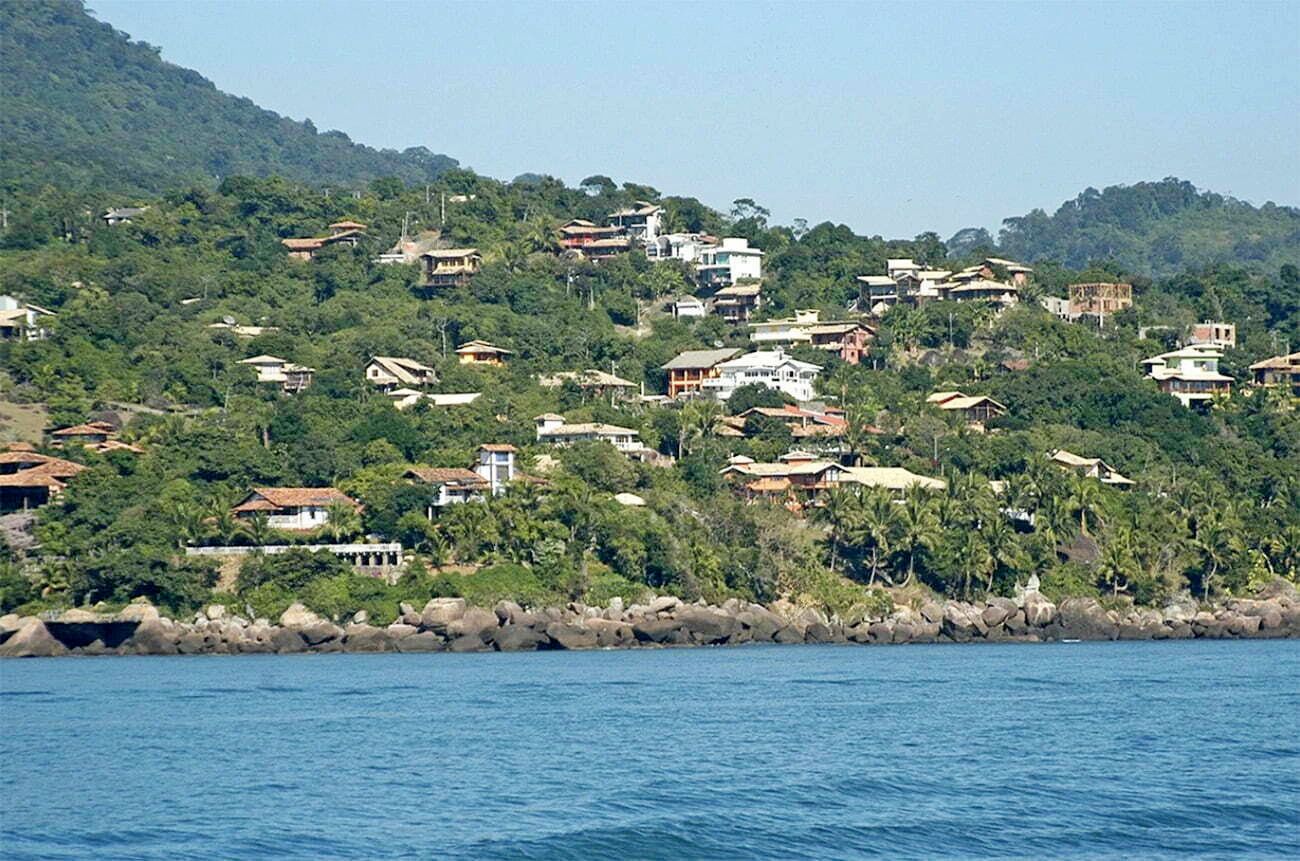
Beautiful island despite the small population, with each passing year more and more summer houses pile up on the hills of Ilhabela, destroying the centenary scenic beauty. These houses are for vacationers…
Higher GDP per capita from oil royalties
But Ilhabela still stands out for having the highest GDP per capita (2019, IBGE): BRL 428,020.22, against only BRL 26,241.36 for Ubatuba; or R$ 40,182.39, from São Sebastião. Note the privilege, 100% more than São Sebastião, and almost 80% more than Ubatuba with only a third of the population of both.
It's not a miracle. These are royalties from oil from the Mexilhão and Sapinhoá fields, in the Santos Basin. Between 2009 and 2016, the budget had grown sixfold. The city was the third to receive the most royalties in Brazil.
As icing on the cake, the island still has caiçara strongholds (which live in an unacceptable misery for the third city to receive more royalties in the country) with perhaps the most beautiful canoes on the Brazilian coast, among the vogue canoes that were and still are part of the history of the island, or the Bonete canoes with their imposing bows, a cultural asset listed by IPHAN.
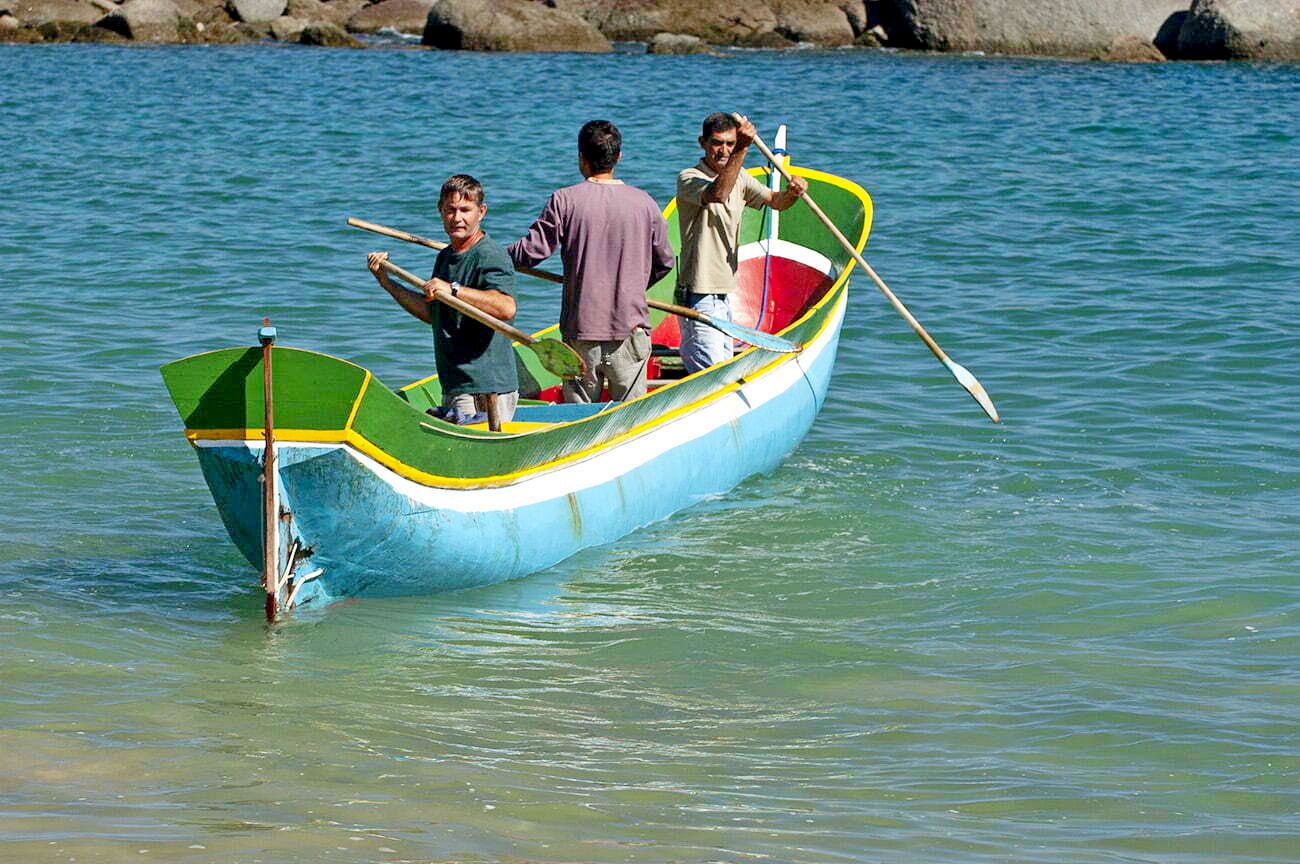
Sailing canoes beauty of the fashionable canoe Dama da Noite, by Mestre Genésio.
MSF file. In the same period when its coffers were filled with royalties, Ilhabela, unlike other cities in the region, could not keep up with the ascending curve of the Idea (Basic Education Development Index). In 2013, the municipality's index was 5.3, below the projection of 6.0.
On September 24, 2017, Estadão reported that…” the city receives one-third of São Paulo’s oil resources; City Hall got a new headquarters, but residents complain about the lack of infrastructure.”
Infrastructure is lacking, but summer houses remain.
Yes, there is a lack of infrastructure, but there are a lot of second homes for the rich, most of them apathetic, in São Paulo. Among the mansions, '1,600 stopped connecting their homes to the collection network that already existed, as the then president of Sabesp, Jerson Kelman, told us in an interview (October 2017). Kelman insisted, “they don’t do it because they don’t want to.”
In other words, the public power had done its part and installed the collection network. But 1,600 mansion owners prefer to keep shitting out of the potty out of sheer comfort, is that soft? With 'opinion makers' behaving like this, it's no wonder the spree, or 'behavior', of successive politicians...
Also in 2017, the city hall occupied by Marcos Tenório organized a contest to choose Miss Brazil, in an event that cost R$ 2.4 million reais, almost 10 times the city's investment in basic sanitation. For this reason, the TCE, the State Court of Auditors, disapproved of the accounts for that year.
For these reasons and others, Ilhabela is moving quickly to become a slum for the rich, super-dense, in the midst of a lower-middle-class population with no prospects for social advancement, which has taken little advantage of the abundance of royalties.
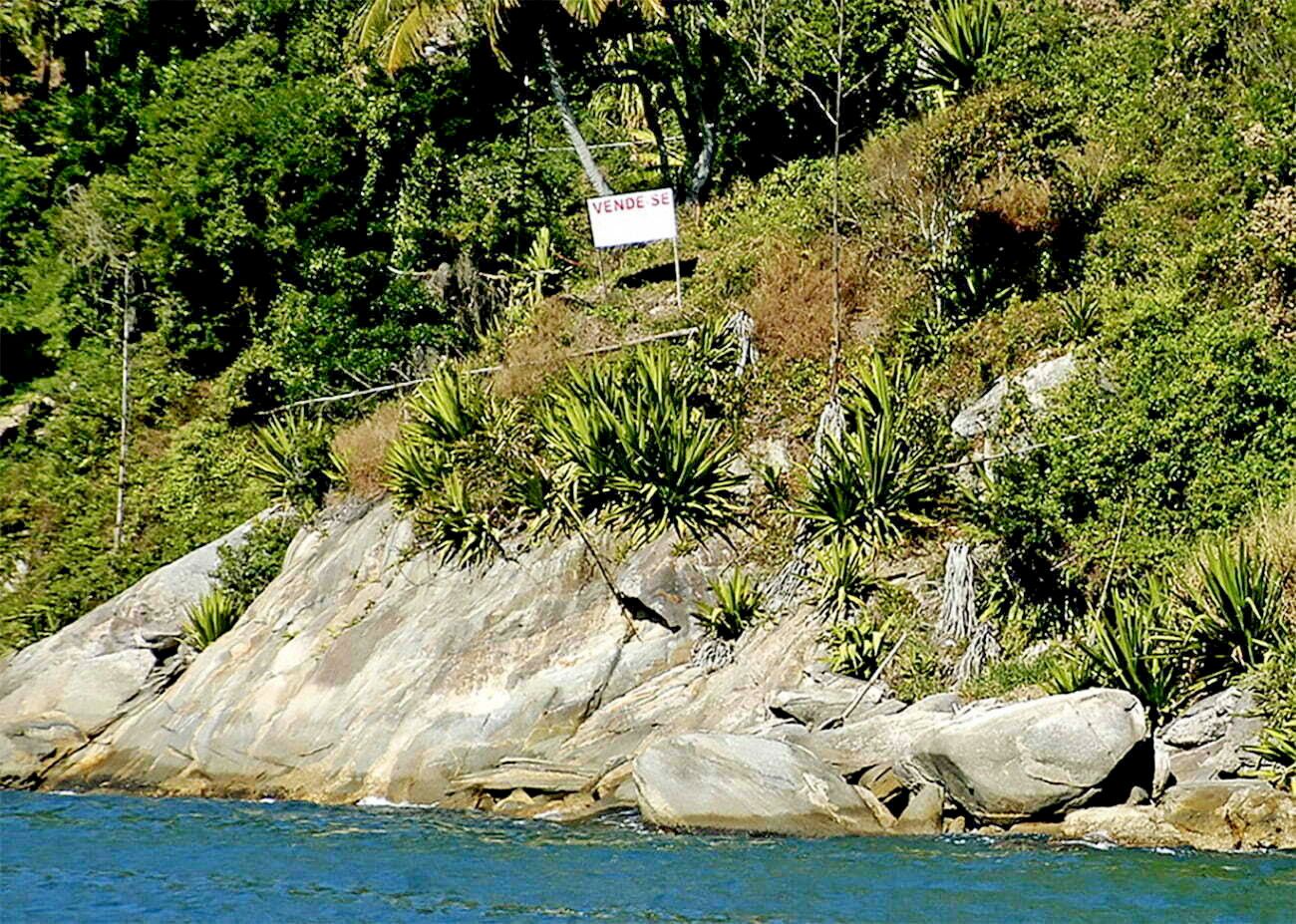
It was the only place on the coast of São Paulo where I saw 'costões for sale'. I said 'costs with for sale signs! And who buys costs?
Costão for sale only speculation, and the selfish indifference of the rich man with pale skin, can put a price tag for sale.
MSF file. This promiscuity between the overcrowding in legally protected places and the public agents in charge of the ordination makes the criminal record of the latter, including the current mayor (for the third time!), grow as much as the price of the square meter (And it reached the apex of the absurdity in Itajaí, where collusion between Mayor Volnei Morastoni (MDB) with the civil construction industry took over the city hall and threatens the integrity of the municipality, proving that speculation rules the coast of Brazil).
Countless were those who created the real estate in the name of oranges to, little by little, advance over the areas already protected by the creation of the Ilhabela State Park in 1977 or, more recently, one of the last strongholds of Caiçara, the beach, and the bay of Castellanos.
Once again, the mayor didn't sell his lots to the natives. Zoning change to transform areas occupied by caiçaras. Instead of the infamous verticalization, speculator mayors on the island modified the zoning of beaches, including those of Bonete, Castellanos, and Jabaquara, to transform them into urban areas, which would allow the construction of houses, hotels, condominiums, and resorts.
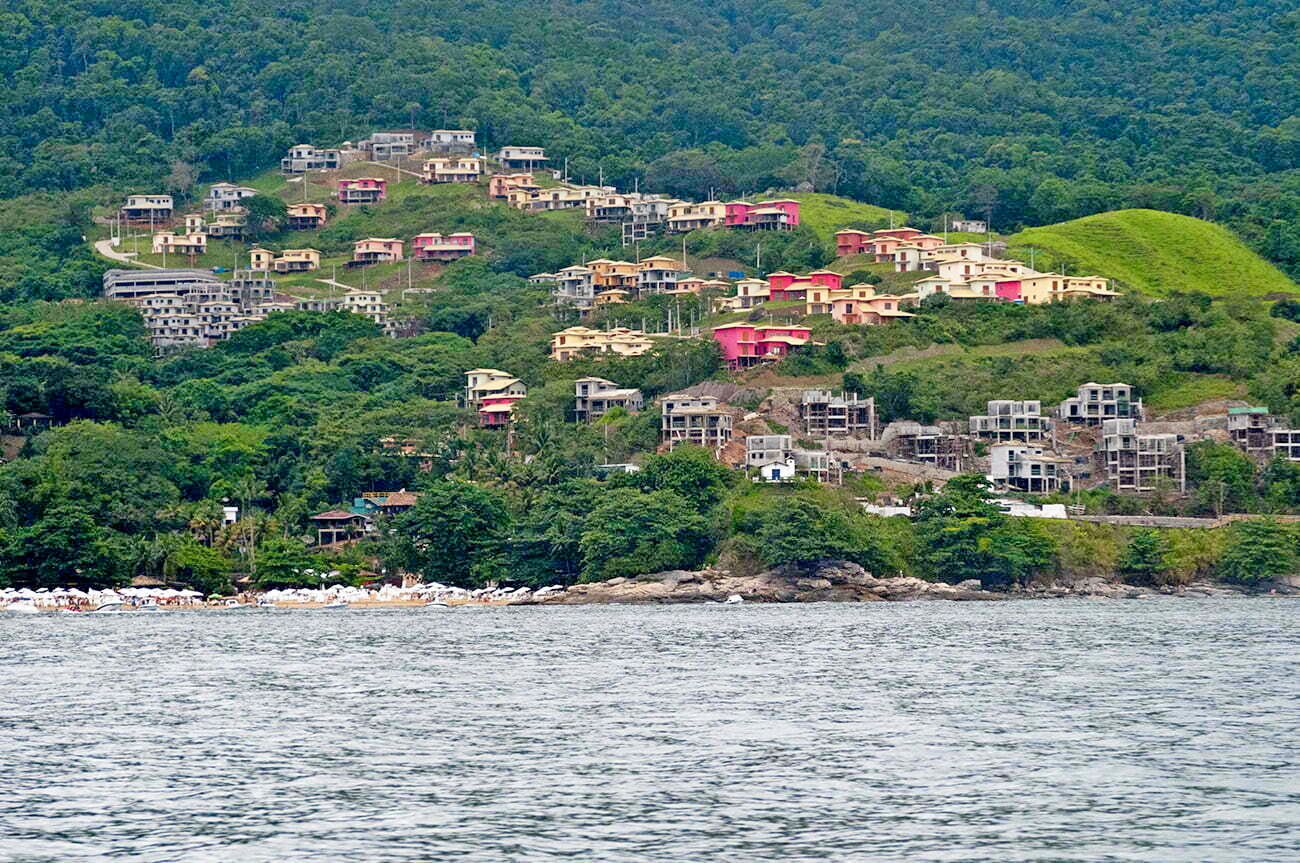
Over-density and disorderly occupation destroy and are increasingly frequent in new distinct points of the island.
MSF file. Mayor Manoel Marcos de Jesus Ferreira (PTB), took over in 2001, ineligible in 2005 He became famous in 2005 when he ordered all copies of the newspaper O Estado de S. Paulo to be bought, which carried a report “ Mayor advances in the forest ”, about irregularities committed in the sale of plots of land in areas of the environmental reserve.
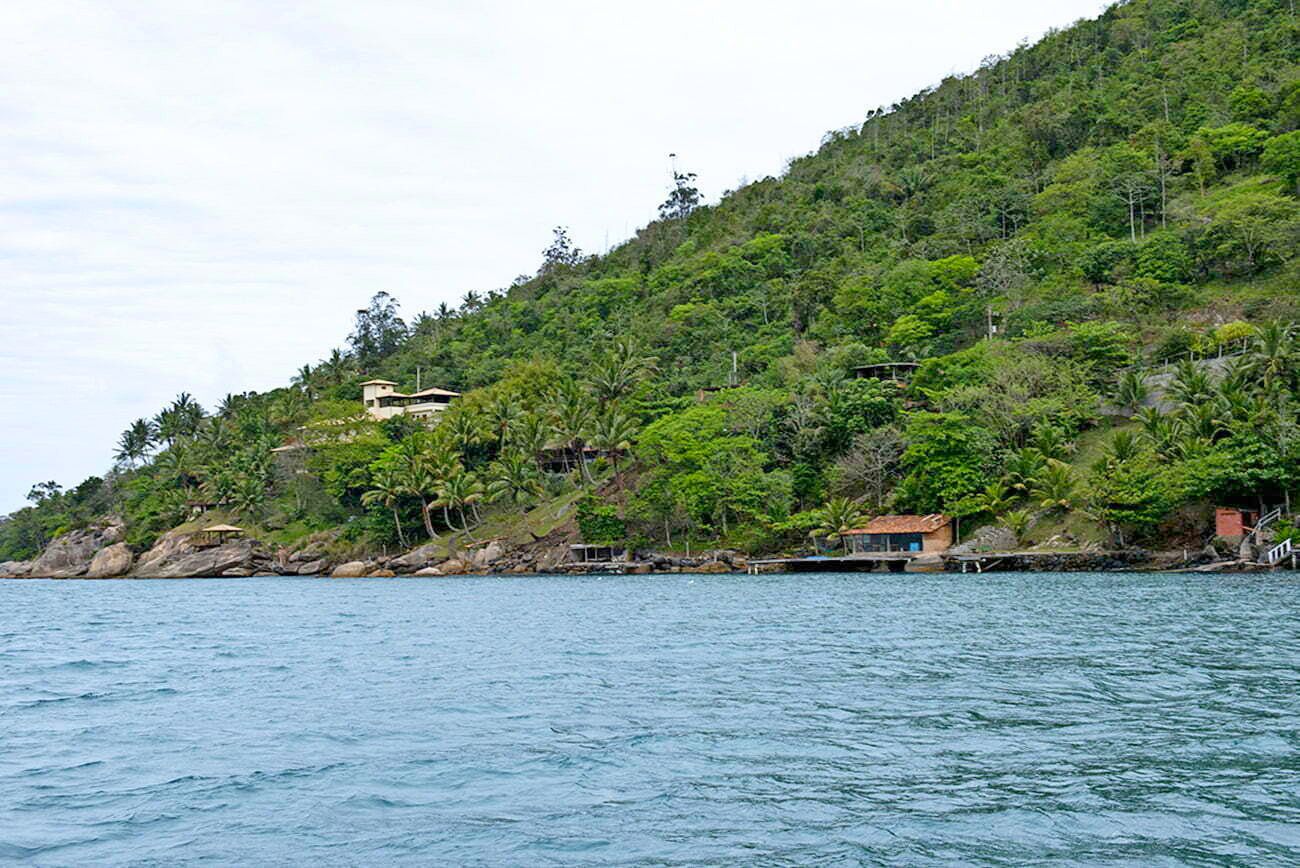
The same deal was denounced by journalist Fernando de Santis, a resident of the north coast. De Santis was fired from two newspapers in the region, Imprensa Livre and Correio do Litoral.
COPYRIGHTS
Copy & Paste the link above for Yandex translation to Norwegian.
WHO and WHAT is behind it all ? : >
The bottom line is for the people to regain their original, moral principles, which have intentionally been watered out over the past generations by our press, TV, and other media owned by the Illuminati/Bilderberger Group, corrupting our morals by making misbehavior acceptable to our society. Only in this way shall we conquer this oncoming wave of evil.
Commentary:
Administrator
HUMAN SYNTHESIS
All articles contained in Human-Synthesis are freely available and collected from the Internet. The interpretation of the contents is left to the readers and do not necessarily represent the views of the Administrator. Disclaimer: The contents of this article are of sole responsibility of the author(s). Human-Synthesis will not be responsible for any inaccurate or incorrect statement in this article. Human-Synthesis grants permission to cross-post original Human-Synthesis articles on community internet sites as long as the text & title are not modified